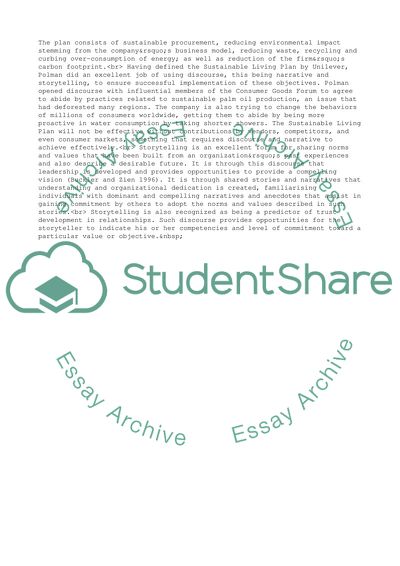Cite this document
(“Strategy discourse and strategy's role in social responsibility Essay”, n.d.)
Strategy discourse and strategy's role in social responsibility Essay. Retrieved from https://studentshare.org/business/1692549-strategy-discourse-and-strategyaposs-role-in-social-responsibility-and-sustainability
Strategy discourse and strategy's role in social responsibility Essay. Retrieved from https://studentshare.org/business/1692549-strategy-discourse-and-strategyaposs-role-in-social-responsibility-and-sustainability
(Strategy Discourse and strategy'S Role in Social Responsibility Essay)
Strategy Discourse and strategy'S Role in Social Responsibility Essay. https://studentshare.org/business/1692549-strategy-discourse-and-strategyaposs-role-in-social-responsibility-and-sustainability.
Strategy Discourse and strategy'S Role in Social Responsibility Essay. https://studentshare.org/business/1692549-strategy-discourse-and-strategyaposs-role-in-social-responsibility-and-sustainability.
“Strategy Discourse and strategy'S Role in Social Responsibility Essay”, n.d. https://studentshare.org/business/1692549-strategy-discourse-and-strategyaposs-role-in-social-responsibility-and-sustainability.


